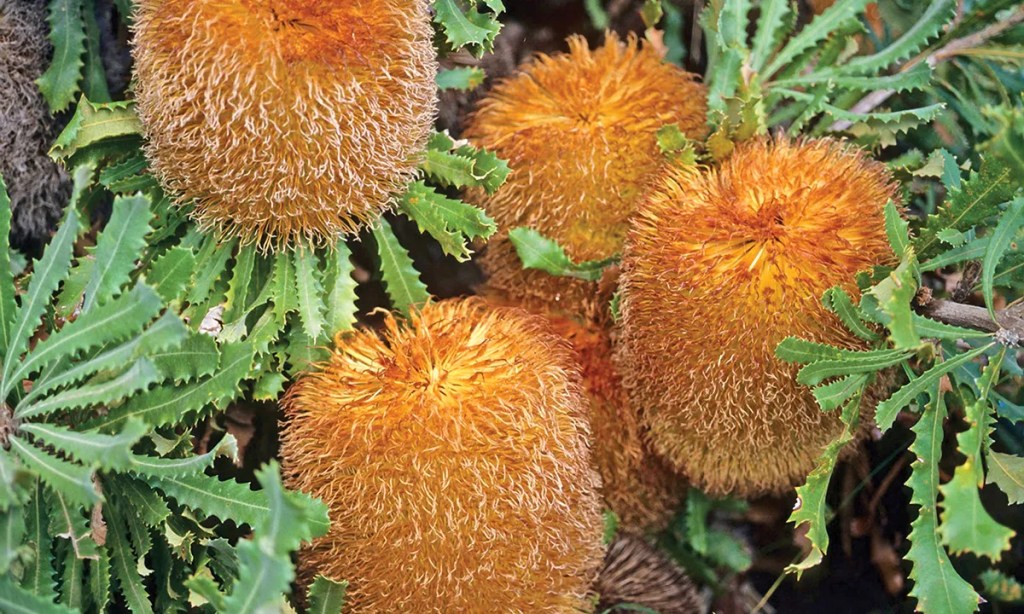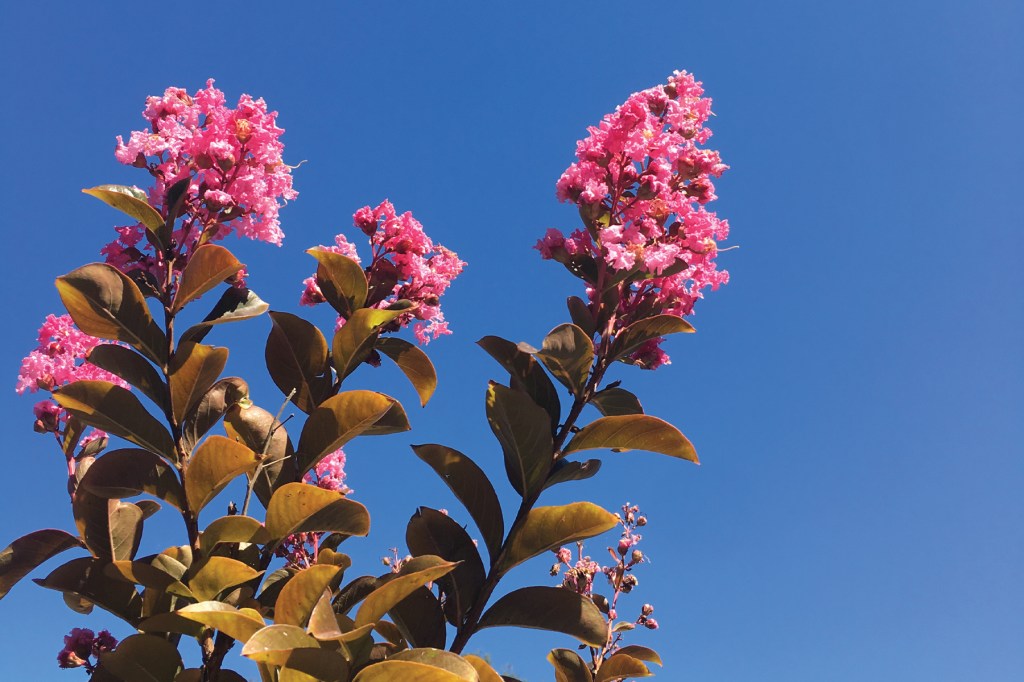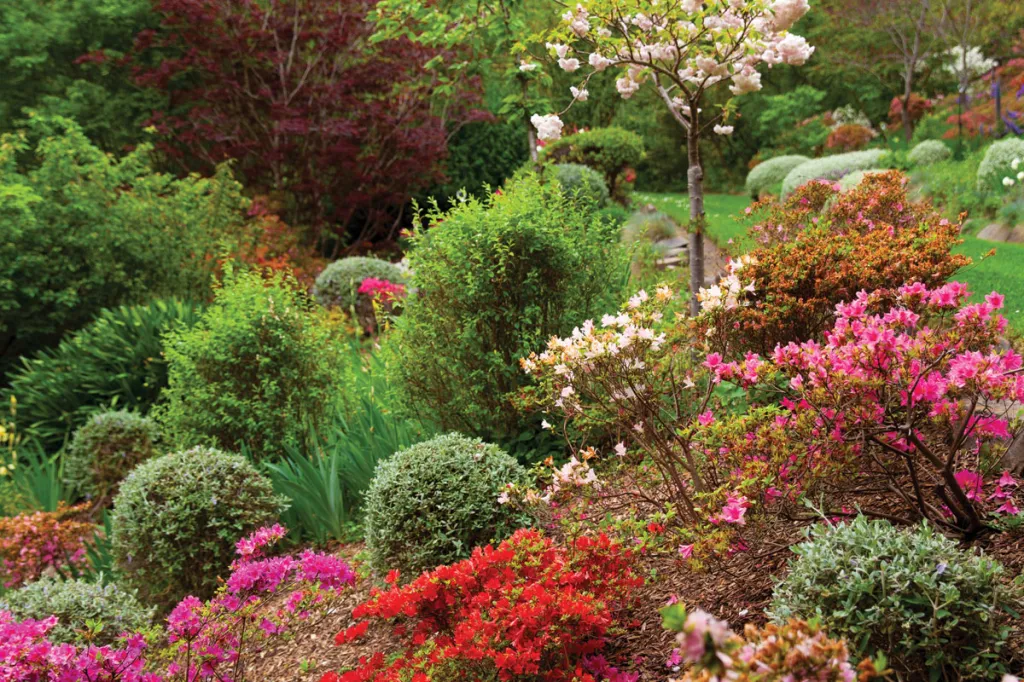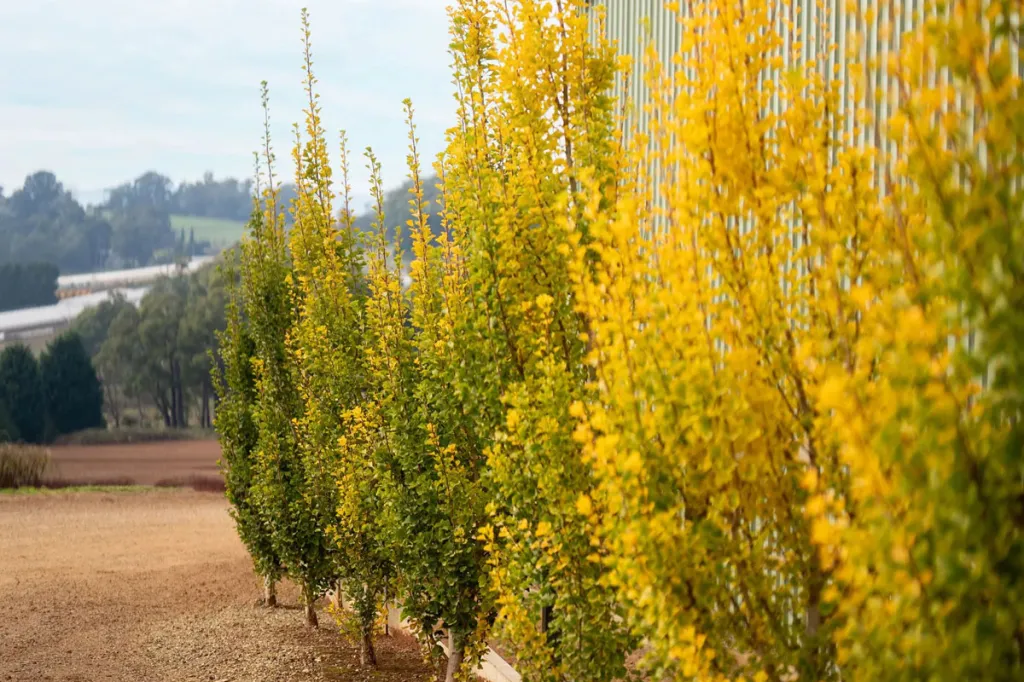Statement flowers

From acacia to waratah, here’s the definitive ground-to-vase guide to growing native flowers.
With so many native plants on offer, it might be difficult to decide which plants to grow in your garden that are perfect for picking, arranging or drying. I am a gardener, not a trained florist … however, you don’t need to be a florist to harness the beauty and diversity of our native flora.
But sourcing native flowers for floral displays can be a real challenge. Mother nature serves up an inspiring array, but keep in mind that it isn’t desirable to forage on public land or in national parks for Indigenous flowers and foliage, because many are rare and protected; they are there to be enjoyed and provide an ecosystem for wildlife.
If we care about our environment and carbon footprint it makes sense to grow and pick flowers from our own backyards, and natives have the added benefit that most can be grown without pesticides or chemicals (many flowers produced for the floristry industry are imported from overseas and have been treated with noxious chemicals.)

A mass of native flowers make a unique and stunning floral arrangement.
When it comes to native plants, the home gardener is spoilt with the amazing range of native cultivars on offer at local nurseries and markets.
A good starting point is to choose varieties that enjoy growing conditions similar to your location. But many natives are adaptable and we can help them flourish by controlling drainage, water and position. In fact, many natives are tolerant of harsh conditions and poor soils and are very easy to grow at home; you can always ask your local nursery for expert planting advice.
Native plants have adapted to Australian soils that are typically low in phosphorus, so it is very important to use a specific native fertiliser and a native potting mix if you’re planting in pots. Most natives also respond well to pruning and cutting for floral displays, and this will in fact promote bushiness, new growth and flower production.
Most native flowers are long-lasting when placed in a vase, retaining both beauty and form for long periods, which also makes many varieties ideal dried flowers, too. For the best results when drying flowers, be sure to choose a well-ventilated position out of direct sunlight and hang the bunches upside down.

Jane Rowat is pictured holding a large bunch of rice flower and tea tree at Kidman Flowers.
To ensure your garden is filled with natives that will deliver a plethora of flowers ready for the picking, plant a mix of the following elements.
Firstly, flowers that will provide a focal point.
Banksia: There is a variety to suit most gardens. The flower heads have a sculptural beauty that look great in mixed arrangements or as a standalone feature. Banksias are long-lasting and retain their colour as a dried flower. Although hard to choose just one, Banksia coccinea is my favourite! They retain their vibrant colour and then dry beautifully.
Waratah: Known for their show-stopping blooms. The name comes from the Aboriginal word “warada”, meaning “seen from afar” or “beautiful”. These grow well in cooler climates such as the Adelaide Hills.

Bunches of native flowers ready for market.
Isopogon Cuneatus: Pretty and architectural cone-shaped flowers that suit our Mediterranean climate and make a delightful and unusual cut flower.
I should also mention the attention-grabbing protea and leucospermum varieties from South Africa that thrive in our similar climatic conditions and are widely grown and used in native arrangements.
Textural blooms are the next step in creating a beautiful floral arrangement. There is a huge range of textural blooms that are long lasting, beautiful, encourage birds and bees and help the focal flowers in a bouquet shine. Some of my favourites are:

Subscribe for updates
Chamelaucium Uncinatum (Geraldton wax): A great choice that provides versatility as a filler in floral design with an amazing shelf life, ethereal quality and fragrance.
Eriostemon: Featuring aromatic fresh green foliage and pretty pastel flowers.
Tea tree: Architectural and contrasts well with other flowers, providing a vertical line in contemporary floral design. It grows brilliantly in pots and lasts well as a cut flower.

Billy buttons are becoming a popular choice for florists.
Thryptomene, Scholtzia and Hypocalymma: Their cottage style helps add movement and softness. They are extremely versatile in garden design and can be used as a filler or stand-alone in floral design. Make ideal dried flowers.
Ozothamnus (rice flower): A cottage garden star, that adds a beautiful and long-lasting textural element to arrangements.
Pycnosorus globosa (billy button): Their sunny, spherical flower heads are a gardener’s and florist’s dream. They are easy to grow, dry brilliantly and add a dramatic pop of colour and unique form.
The third element to focus on is foliage. The perfect foliage can look great on its own and will add contrasting texture and colour to any garden palette or floral design.

Isopogon thrills the eyes with its flourishes of purple.
Cootamundra wattle (acacia baileyana purpurea): This popular wattle has lovely lacy leaf form and a beautiful silvery purple hue that blends well in bouquets. In the garden wattles are fast and easy to grow and are great for attracting bees and birds, with varieties that can suit any size garden. The mainly yellow pom-pom flowers are like a ray of sunshine!
Eucalyptus cinerea: My all-time favourite; a bunch of this silver gum can look magnificent on its own. It is fragrant, with a beautiful silver colour and pretty rounded leaves that complement a huge range of flowers, plus it does not have the sticky resin like the dwarf baby blue gum.
Eucalyptus tetragona: Like baby blue, this is another stunning and compact tree with its powdery white nuts and jet silver foliage. Similarly to the baby blue, it is suitable for small gardens and pots.

The waratah flower remains a popular choice when it comes to floral arrangements.
Native plants are the jewels of our winter landscape, flowering and looking amazing when most exotic species are sleeping. Their floral displays light up our native bushland with a staggering diversity of form and foliage that can easily be translated into the home garden and floral design. Whether you start with a single stem in a vase or build your own spiral bouquet, there are no rules, so just have fun!
This article first appeared in the Autumn issue of SALIFE Gardens & Outdoor Living 2024 magazine.




